January 2025 Archive – Your Go‑To Guide for All Things Construction
Welcome to the January 2025 archive of Premium Garage Door Construction & Services UK. We’ve pulled together the most useful articles we published last month, so you can skim the highlights and jump straight to the topics that matter to you.
Building Basics: Contractors, Materials, and Settlement
First up, we tackled the role of building contractors in home construction. If you’ve ever wondered why hiring a pro makes a project smoother, our piece breaks down the skills, coordination tricks, and legal know‑how they bring to the table. We also compared common construction materials – think the top ten you’ll see on any modern site – and explained how they affect cost, durability, and sustainability.
Ever heard of building settlement? Our article demystifies how long a new structure takes to settle, what soil types mean for stability, and what signs to watch for. Knowing these basics helps you avoid surprise cracks or uneven floors down the line.
Foundation Fixes, Bathroom Revamps, and Specialty Topics
If foundation cracks are haunting you, we covered both inside and outside repair methods, weighing pros and cons so you can decide which route fits your budget and timeline. For those who love a DIY challenge, we asked the big question: can you really fix your own foundation? The guide outlines the tools you need, warning signs that call for a professional, and realistic expectations.
Bathroom makeovers got a spotlight too. We laid out a step‑by‑step renovation guide that walks you through planning, demolition, plumbing, electrical work, and finishing touches. Need a quicker fix? Our separate piece on small bathroom timelines gives you a realistic schedule and time‑saving tips.
We also explored niche areas like Type 5 commercial construction, the differences between Type A and Type B buildings, and why some loft spaces simply aren’t convertible. If you’re curious about how insurance plays into foundation repairs, our “what’s not covered” article breaks down common policy exclusions.
Lastly, we threw in a fun read on how construction careers can lead to millionaire status and a practical look at the cost differences between commercial and residential projects. Whether you’re a homeowner, budding contractor, or just love a good construction story, there’s something here for you.
Grab the article that fits your current project, bookmark the page, and come back whenever you need a quick refresher. Our archive is designed to be a handy toolbox – clear, practical, and easy to navigate.
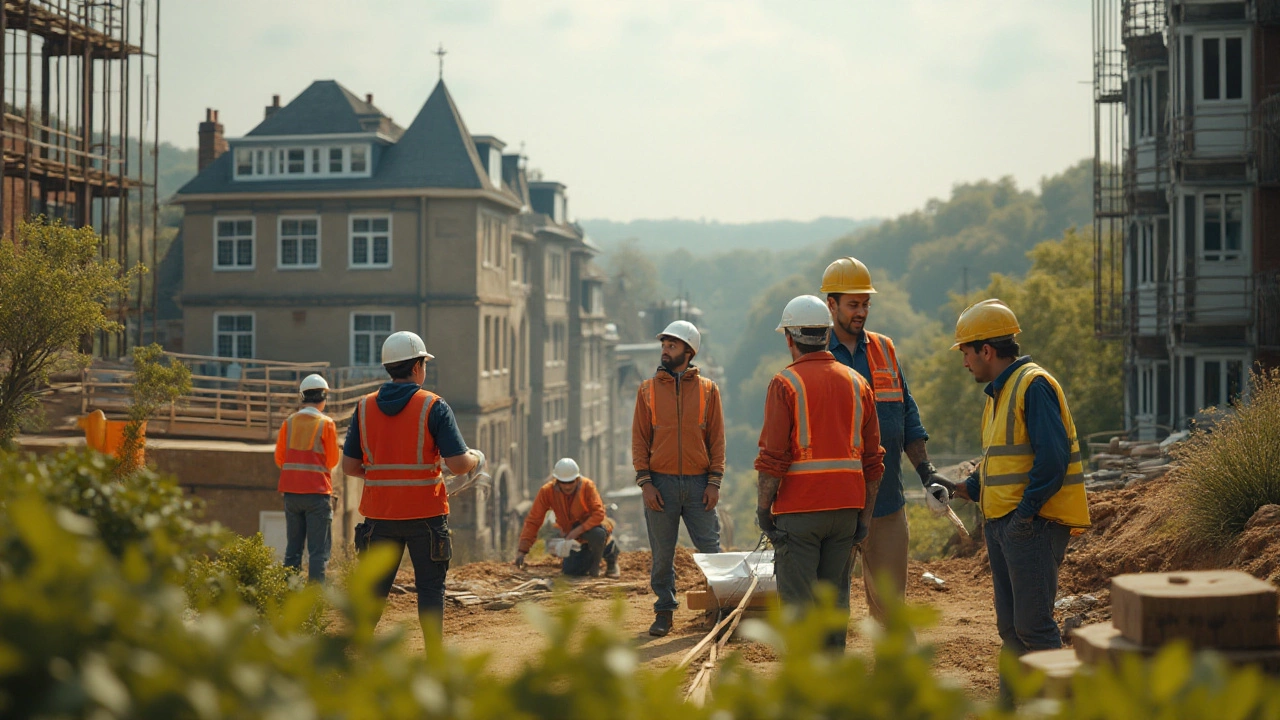
Understanding the Role of Building Contractors in Home Construction
Jan 31, 2025, Posted by Damon Blackwood
Hiring contractors is a crucial step in ensuring successful building projects, especially in home construction. Contractors bring specialized skills, coordination expertise, and manage legal obligations, making them essential for both residential and commercial projects. Knowing the various services they offer can help you make informed decisions for your construction needs. This article explores reasons for hiring contractors, explaining their value, services, and offering tips for choosing the right one.
MORE
Best Methods to Repair Foundation Cracks: Inside or Outside?
Jan 29, 2025, Posted by Damon Blackwood
Foundation cracks can pose significant risks to your home's stability. Deciding between repairing these cracks from the inside or outside is crucial for effective and long-lasting protection. This article delves into both methods, examining their pros and cons, and provides insights on the best approach depending on various factors like crack size and location. Learn tips on how to identify foundation issues early and maintain your home's foundational integrity.
MORE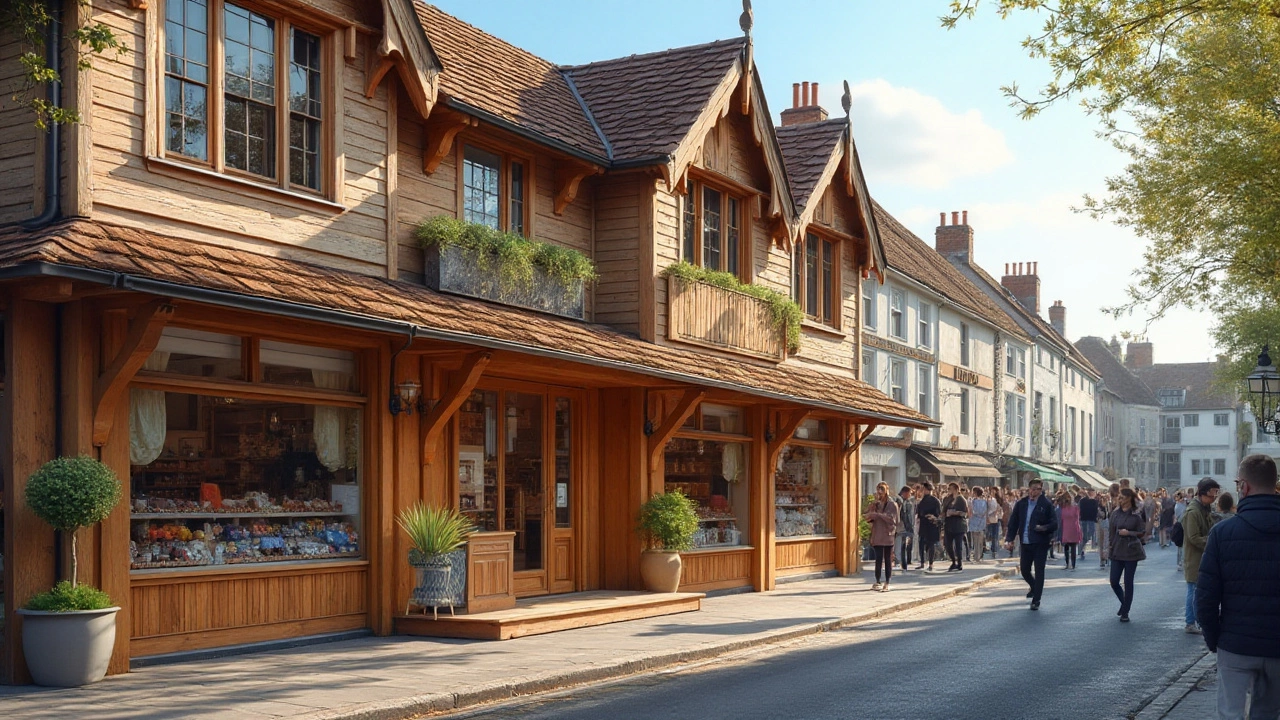
Understanding Type 5 Construction: Materials and Methods in Commercial Building
Jan 28, 2025, Posted by Damon Blackwood
Type 5 construction is often seen in commercial buildings and is primarily characterized by the use of wood or other combustible materials. This type of construction is the most flexible and cost-effective, allowing for a variety of designs and adaptations. It suits small to medium establishments, offering ease of modification and repair. By understanding the materials and methods used in Type 5 construction, one can better appreciate its applications and potential limitations. This article dives into the specifics of Type 5 construction, providing insight into its widespread use.
MORE
Understanding Building Settlement: How Long It Takes and Why
Jan 25, 2025, Posted by Damon Blackwood
This article explores how long it takes for a new building to settle, examining the factors that influence settlement time and what homeowners can expect. It covers the natural process of settling, the impact of soil types, and offers practical tips for monitoring and managing settlement in new constructions. For those planning to build or buy, understanding building settlement is key to ensuring long-term structural integrity and peace of mind.
MORE
DIY Foundation Repair: Can You Fix Your Own Home's Base?
Jan 22, 2025, Posted by Damon Blackwood
Foundation issues can be daunting, but understanding the basics can help homeowners make informed decisions. This article explores whether it's feasible to tackle foundation repair as a DIY project. It delves into common foundation problems, tools and techniques, and when to call in professional help. Readers will find useful tips, potential warning signs, and an overview of the process involved in ensuring a stable foundation.
MORE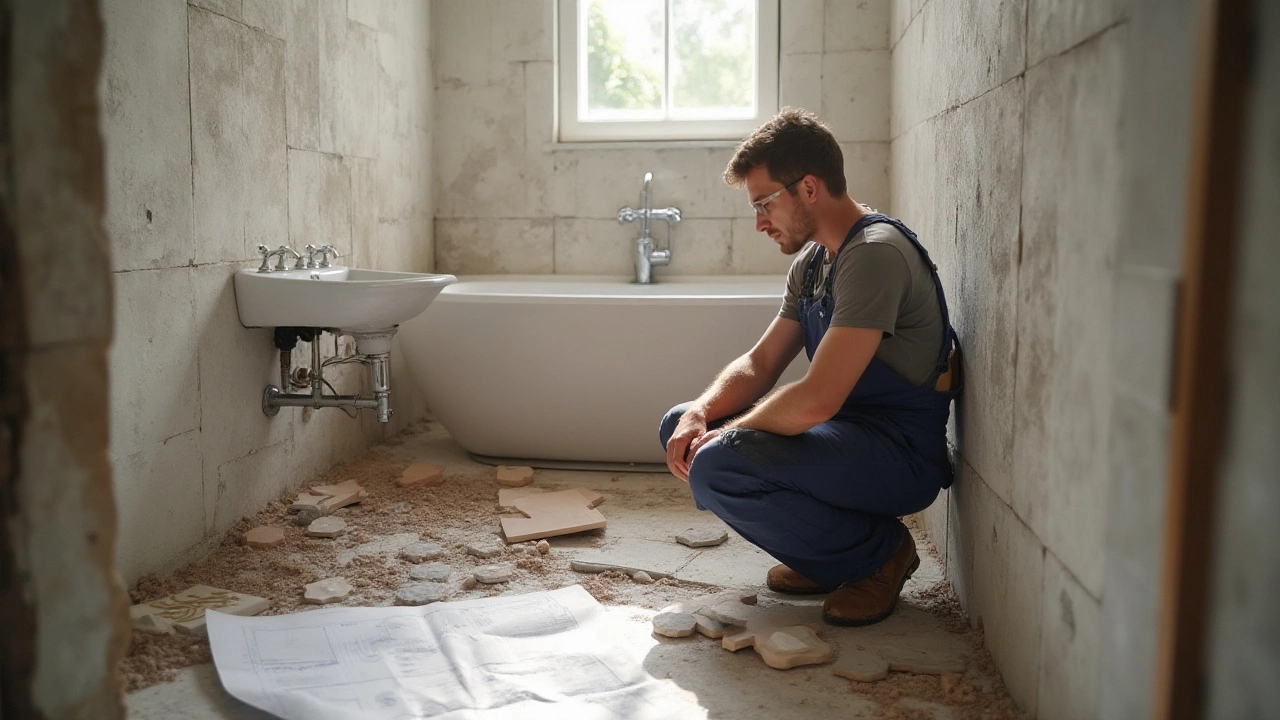
Step-by-Step Bathroom Renovation Guide for a Hassle-Free Makeover
Jan 20, 2025, Posted by Damon Blackwood
Renovating a bathroom can be a daunting task, requiring careful planning and execution. This article provides a step-by-step guide on how to tackle bathroom renovations efficiently. It covers essential steps like planning, demolition, plumbing, electrical work, and finishing touches, ensuring a smooth process. Learn tips and tricks to avoid common pitfalls and make your bathroom transformation a success. Whether you're a DIY enthusiast or hiring professionals, understanding the sequence can save time and resources.
MORE
Optimal Timeline for Small Bathroom Renovation Projects
Jan 18, 2025, Posted by Damon Blackwood
Renovating a small bathroom can transform a cramped space into a functional oasis, but it requires careful planning. This article aims to guide homeowners on how long a small bathroom renovation should take, including various stages of the process from planning to execution. By understanding the expected timeline and potential challenges, you can ensure your project stays on track. You'll also discover tips for managing time efficiently and making the renovation process smoother. With these insights, you'll be well-prepared to revamp your bathroom space effectively.
MORE
Understanding the Impact of Horizontal Foundation Cracks on Your Home
Jan 17, 2025, Posted by Damon Blackwood
Horizontal foundation cracks can be a serious issue for homeowners, as they may indicate structural problems that require immediate attention. The severity of these cracks can range from minor to significant, depending on various factors such as size, location, and the underlying cause. This article delves into the potential impact of horizontal foundation cracks, how to identify them, and tips on what actions to take. Early detection and proper repair can prevent further damage and protect your home's foundation.
MORE
Pathways to Millionaire Status in the Construction Industry
Jan 15, 2025, Posted by Damon Blackwood
Can working in construction pave the way to a million-dollar fortune? This article explores the potential financial rewards of the construction industry, from entry-level positions to establishing a thriving construction firm. Learn practical strategies for growth, investment opportunities, and key industry insights that could lead you to millionaire status, while balancing risk and reward in this dynamic field.
MORE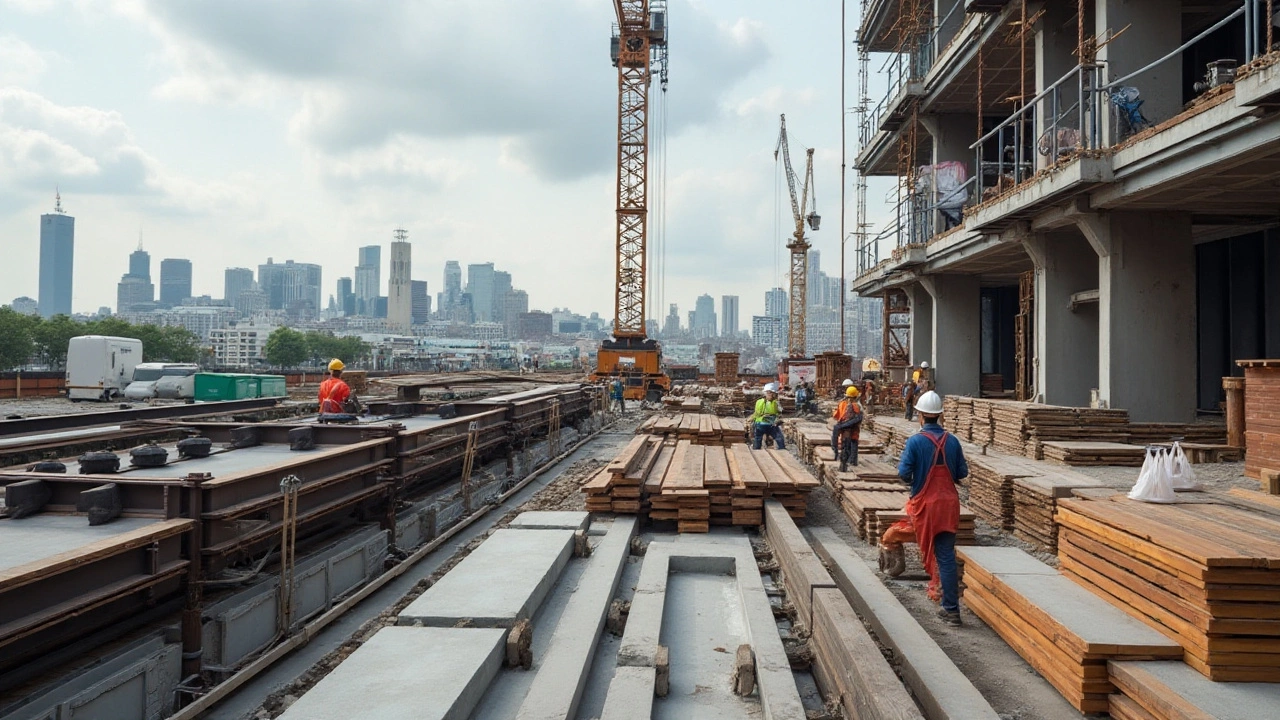
Top 10 Common Construction Materials for Modern Building Projects
Jan 12, 2025, Posted by Damon Blackwood
Construction materials have significantly evolved over the years, allowing for safer, more durable, and more sustainable buildings. This article explores the ten most common materials used in construction today, covering essential properties, uses, and unique features. By understanding these materials, builders and architects can make informed decisions that shape resilient structures and innovative designs. Readers will gain insight into the materials that form the backbone of contemporary construction.
MORE
Understanding What Building Insurance Doesn’t Cover for Foundation Repairs
Jan 10, 2025, Posted by Damon Blackwood
Building insurance is a critical safety net for homeowners, but it doesn’t always extend to every possible foundation issue. Oftentimes, foundation damage caused by soil movement, flooding, or gradual wear and tear is excluded from standard policies. Knowing what’s covered and what isn’t can save homeowners from unexpected and costly repairs. This article explores common exclusions, why they exist, and offers tips for addressing potential risks proactively.
MORE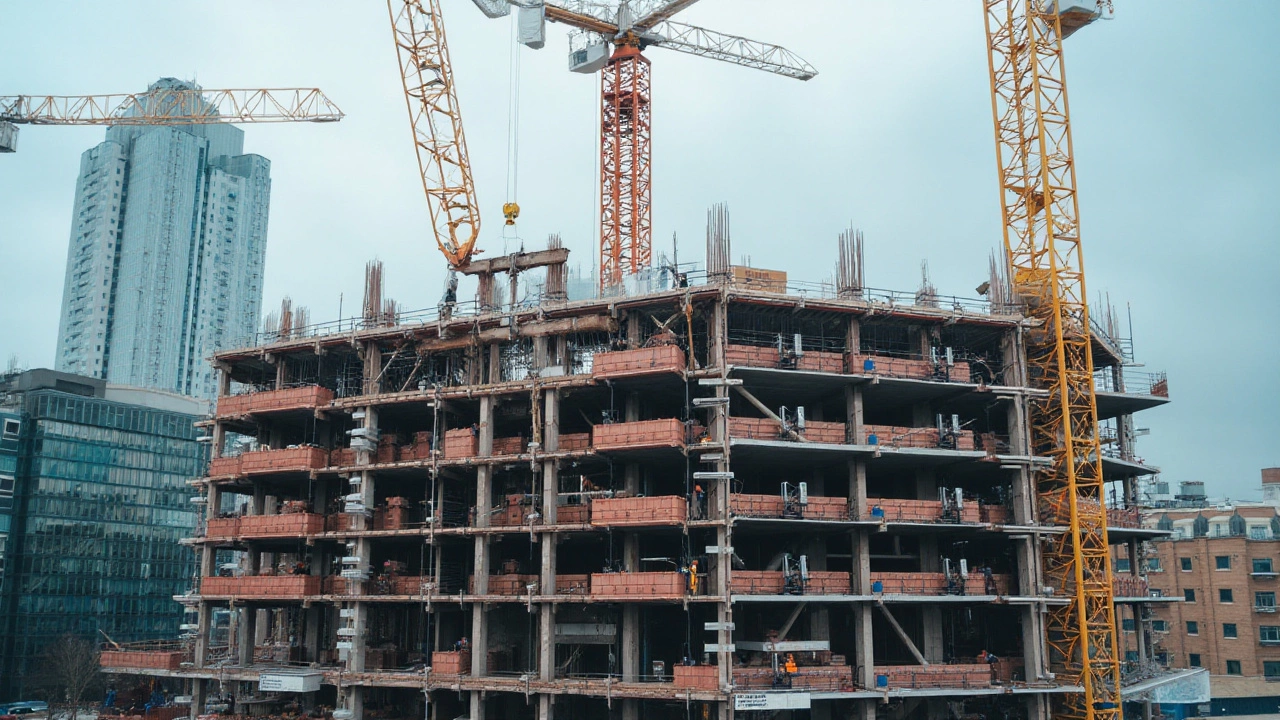
Understanding Type A and Type B Construction in Commercial Projects
Jan 7, 2025, Posted by Damon Blackwood
In the commercial construction world, understanding the distinctions between Type A and Type B construction is critical. These classifications determine the methods and materials used, impacting durability and safety. Type A is known for its high fire resistance, typically utilized for multi-story buildings. Type B offers more flexibility and is common in lower-rise structures. This article explores the nuanced characteristics and practical implications of each type, helping stakeholders make informed decisions.
MORESEARCH HERE
Categories
TAGS
- foundation repair
- construction
- commercial construction
- new builds
- home improvement
- home renovation
- bathroom renovation
- construction materials
- home foundation
- renovation tips
- residential construction
- building types
- contractor
- foundation cracks
- home construction
- construction differences
- kitchen installation
- real estate
- house foundation
- structural integrity